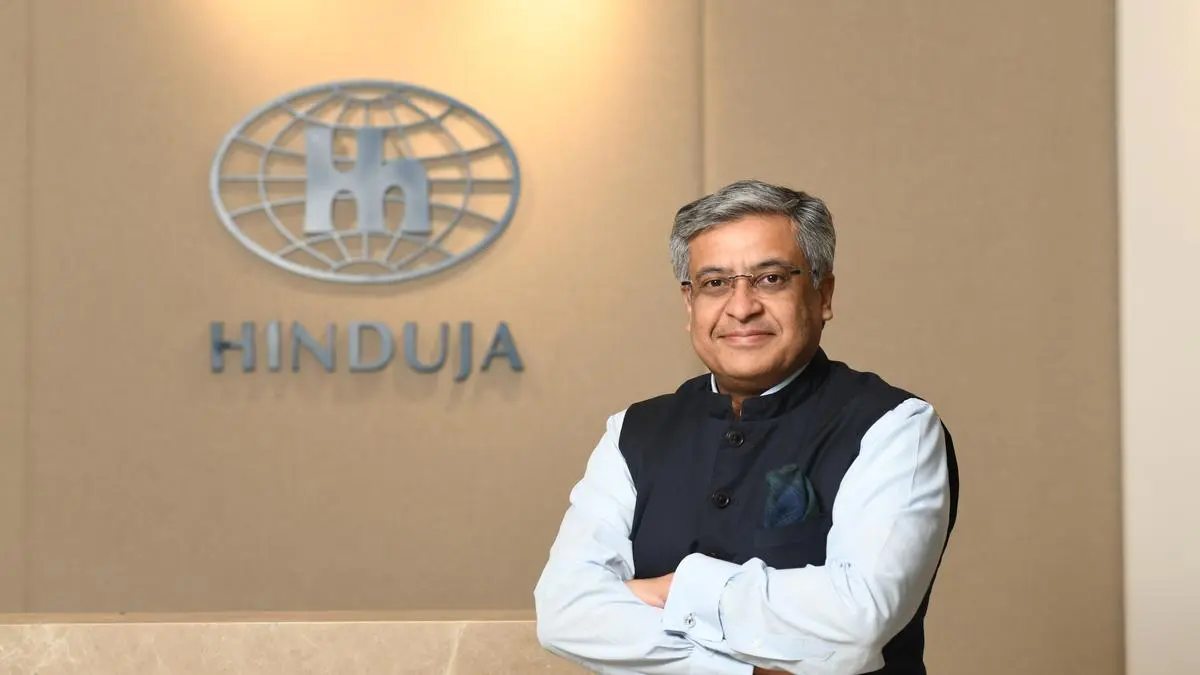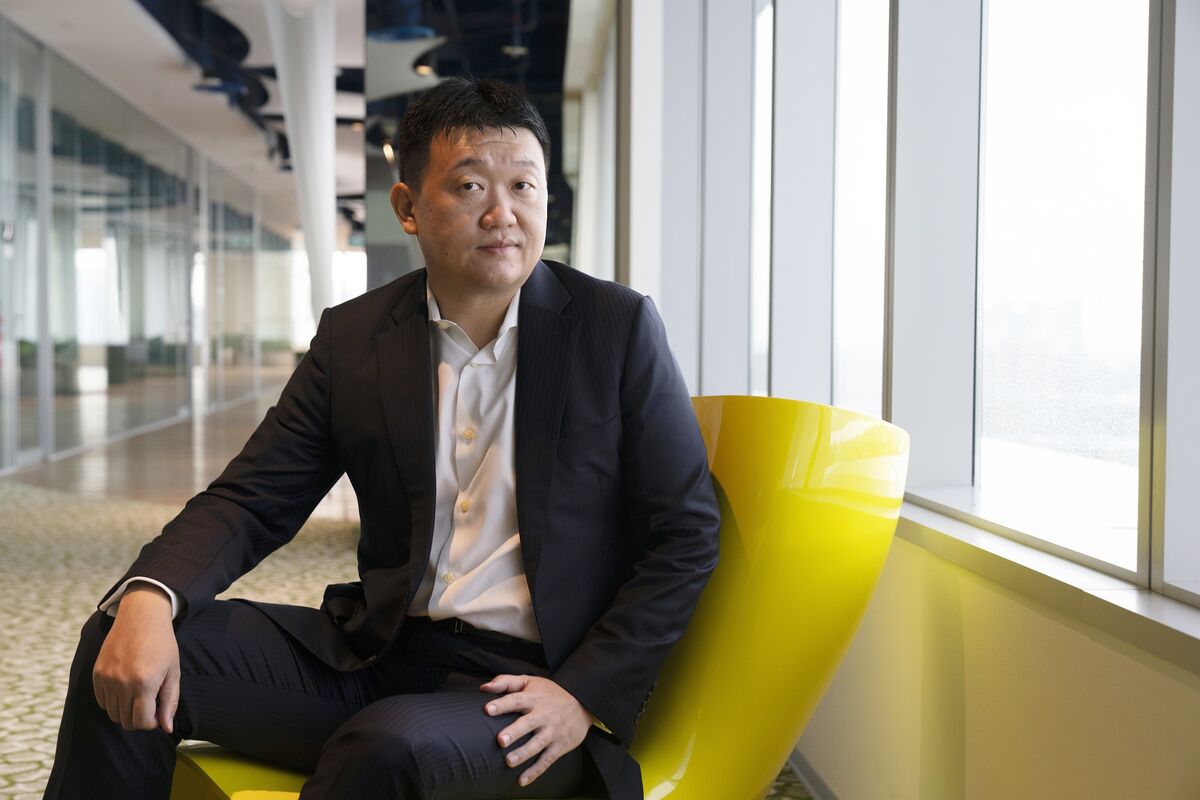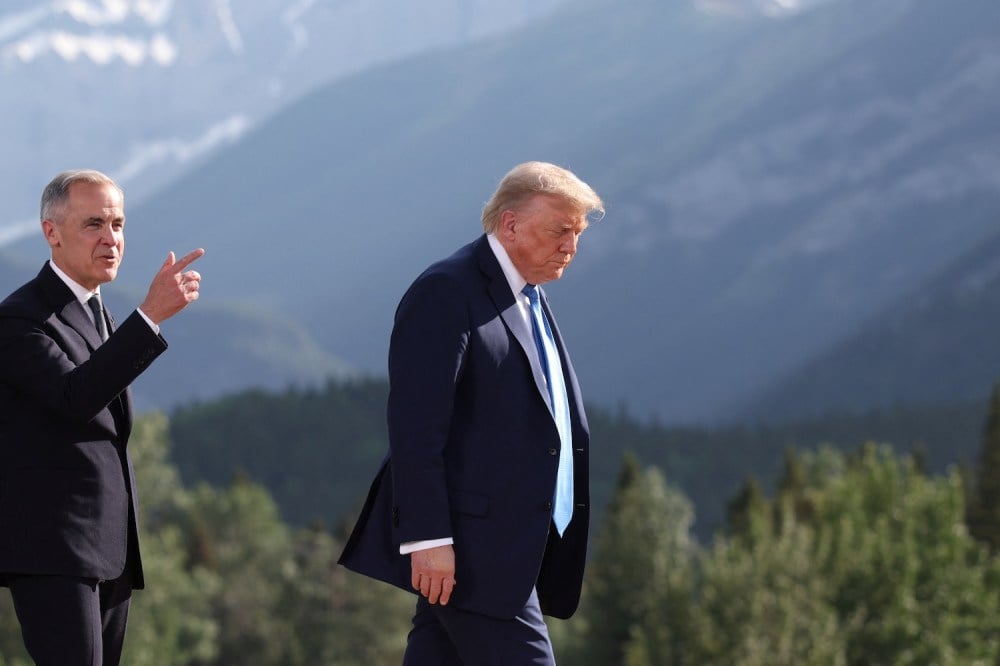Copyright thehindubusinessline

What are the sectors that will be growth drivers for the Hinduja Group by 2030? Automotive, energy, financial services, lubricants and speciality chemicals and digital technologies, which is not so much a vertical but more of a horizontal, because digital is both digital as a business as well as how we are creating a digitally-enabled ecosystem of sorts. These five are the flagship areas where more than 80 per cent of the growth we have envisioned for the next five years is expected to come from. How do you foresee the automotive segment, as you are betting big on electric mobility with SwitchMobility and Ashok Leyland? Fairly bullish on the automotive space, given the disruption taking place with the advent of alternate technologies. If you look at our projections in the commercial vehicle space, largely led by the growth that we see in all the segments, be it MHCV, be it the last-mile led LCV segment, be it the buses segment where there is such a strong push from the government, I think there are both demand- as well as supply-side incentives which are coming together very well to make sure that the uptake on these alternate technologies such as EV, fuel cell, hydrogen, takes place. Having said that, the traditional segments such as diesel, petrol and CNG will contribute to a certain base load. With EV sales picking up across passenger and commercial vehicle segments, do you see the petrol and diesel contribution stagnating going ahead? I am a believer in the fact that petrol, diesel and new technologies will all co-exist. Having said that, I’m not expecting significant growth to come from these sectors. I think it will be more or less, sub-10 per cent kind of growth that you can expect in the longer term. What is the strategy to position the EV commercial business differently from the competition? One of the powerful differentiating factors is how well you land your total cost of ownership (TCO), because the entire case of what your value proposition is, is built around you being the best in class when it comes to TCO. TCO is that one dimension that engulfs within it all that you have done across the entire product. So, because battery accounts for 40 per cent of the product, several dimensions such as how well my battery equation is coming through, not just from a cost perspective, but also from a range and longevity perspective. If you are not the lowest from a TCO perspective, then it doesn’t make sense for the customer. The lowest TCO can only be achieved if all your products maintain the quality standards and also come at the right cost. I think this aspect is where your traditional strengths help. As you would have seen, so many new players keep coming into the space as disruptors, but they don’t have all the traditional strengths that you need to make TCO happen. Moreover, our rich understanding of the end customer and their requirements, having been in this business for the last 75-plus years, is something that nobody can buy. It is not something you can pick off the shelf. It’s something that happens organically and is built over time. Is the group building an end-to-end EV commercial segment ecosystem? Our entire thesis is built on building, or helping build, a truly self-sustained, self-contained EV ecosystem. There is a fair bit of focus that we have on some of our other businesses in the energy sector in terms of renewable energy for EV, as it is not purely EV unless and until the charging of the charger happens through renewable energy. We commissioned an entity by the name of OHM Global Mobility, which is into e-mobility as a service. This is a disruptive business model that enables the uptake of EVs. For example, these buses that the state transport units run are manufactured by our OEM entity – Switch Mobility. Then that asset is transferred to OHM Mobility, which holds the asset as per the arrangement with the state transport undertaking (STU) and charges them on a pay-per-kilometre arrangement. OHM will maintain the asset, manage operations, drivers and install their own charging network in depots as part of the e-mobility as a service model. You also need to have a smart business model that can be put in place to enable sales/adoption. A similar kind of concept is also being explored in a private setup. For example, battery as a service. Now, battery-less service makes a lot of sense to be explored within the LCV side. If you buy a vehicle, you can buy it upfront without the battery, and the battery is something that you can pay for basic usage. Without the battery, the upfront cost is also significantly lower than what you would have paid for a petrol or a diesel variant. The group also has Hinduja Leyland Finance, an NBFC with a diversified loan portfolio comprising vehicle financing, loan against property, and supply chain financing. Hinduja Leyland Finance’s EV-specific financing capabilities can be leveraged to create competitive moats in the e-mobility space. Think of it as a value chain: you have got RE for EV, which is upstream; then you have got OHM, which is the downstream side of it, helping with the uptake. Gro is a digital freight exchange and a fleet-management solutions platform. The freight exchange platform enables transporters and fleet owners with load matching, thereby improving fleet utilisation and revenue in the process. The fleet management solutions provide the fleet owner with a host of solutions, such as Fastag, fuel cards, telematics, financing and insurance, to reduce costs and make their lives easier. Gro is also providing fleet owners with roadside assistance, leveraging their pan-India network of garages. There is also GaadiMandi, which is a platform facilitating truck sale at the time of disposal. Through all of these solutions, we are creating an end-to-end ecosystem for fleet owners. We are working on all. Switch Mobility is setting up a manufacturing plant in Lucknow. What are the expectations in terms of capacity? Would it be only for domestic use, or are you looking at exports as well? We are putting in ₹1,000 crore; it is a large investment. The investment will be feeding both the EV as well as the traditional side of it. Having said that, if it makes sense for the export markets to be fed from this plant, I think there’s no reason to stop that from happening. The company plans to invest $3 to $4 billion in renewables. Which sectors will see the investment? We have a group entity by the name Hinduja Renewables, which currently has a portfolio of about 3GW (operational+under-construction). We are targeting the capacity to cross 10 gigawatts by 2030, which is where the $3 to $4 billion kind of outlay comes into play. I think there are going to be two–three key pillars to it. One of them, of course, is what we call the very standard utility segment, where you are getting into these long-term IPPs at national and state level grids. The second is C&I, where we want to deep-dive a bit more than in the past. Moreover, with both C&I as well as utility, the idea is to have set-ups where you can offer hybrid solutions, such as round-the-clock (RTC). So, having the right combination of solar, wind and BESS becomes critical for RTC. So that’s where the whole piece of what we call the battery gets linked to this side as well. So that is how we are building our portfolio mix so that it’s not just solar, not just wind; it also has a BESS element to it. So, this all then is something which you can feed for these long-term PPAs that you have with the State governments, discoms, or you feed that to your C&I customers. We are agile in the sense that we would be fairly open to even exploring pumped hydro, PSP. Pumped hydro gives you a very stable round-the-clock kind of output; however, it has a longer gestation period in terms of set-up given the complexities such as environmental clearances. Having said that, we would be open to exploring that as well. We have already signed MoUs with State governments and are in the process of further diligence.



